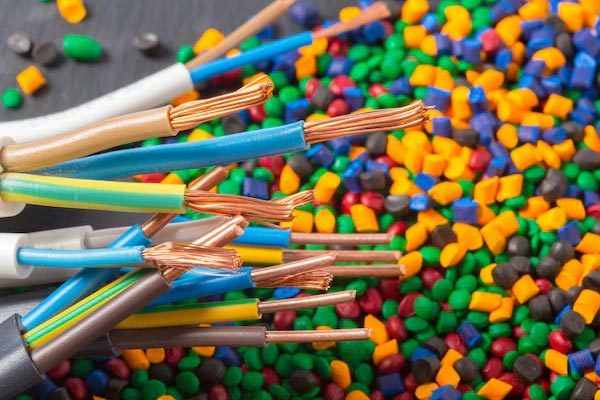NEWS
News Center
Uses and synthesis of polystyrene
Publish Time:
2022-07-19 08:51
Source:
Polystyrene is a product obtained by the addition polymerization of styrene monomers and belongs to high molecular compounds. Polystyrene was first obtained from a volatile oil in natural resin rosin. In 1930, the German I.G. Farbenindustrie AG first carried out trial production using a continuous bulk polymerization method, and subsequently achieved industrial production, being one of the earliest developed plastics. In 1982, its annual output was second only to polyethylene and polyvinyl chloride.
Styrene is mainly produced from benzene and ethylene through alkylation and dehydrogenation. The monomer can be polymerized according to both free radical reaction processes and ionic reaction processes. Depending on the reaction type and polymerization method, the properties and uses of the resulting products vary greatly. The atactic polystyrene obtained by free radical polymerization has a temperature resistance of only 80℃; the isotactic polystyrene (phenyl groups on the same side of the carbon chain plane) obtained by anionic coordination polymerization has a heat resistance of up to 240℃.
Bulk polymerization can yield hard plastics that are glassy, transparent, and have excellent insulation properties; solution polymerization is mostly used to produce coatings. Polystyrene has good corrosion resistance to acids, alkalis, salts, mineral oils, organic acids, and lower alcohols, but it softens or dissolves in organic solvents such as acetone, esters, and aromatic hydrocarbons. It has good insulation, transparency, high refractive index, water resistance, and good colorability, and can be made into various brightly colored plastic products. It has very good thermal stability and fluidity when melted, is easy to process, and can be molded and extruded.
Polystyrene films can be used as insulating layers for capacitors and electrical components, and foam plastics can be used as packaging materials for precision instruments, and sound insulation and shockproof materials in construction. However, polystyrene is brittle, has poor temperature resistance, and has relatively low surface hardness, limiting its applications. Therefore, methods such as copolymerization or blending are often used to improve its performance and expand its application range. Blending a small amount of rubber into polystyrene can significantly improve its impact resistance. The random copolymer of styrene and butadiene—styrene-butadiene rubber—is widely used in automobile tires. Copolymerization with acrylonitrile can increase the softening point of the product without reducing its transparency. The terpolymer ABS is an excellent engineering plastic. Styrene-butadiene block copolymers are widely used thermoplastic elastomers. Copolymerization with divinylbenzene can produce the matrix of various ion exchange resins.
The phenyl ring on polystyrene can undergo various chemical reactions to produce polymers with various functional groups based on polystyrene, which can be used as macromolecular reagents or macromolecular catalysts.


